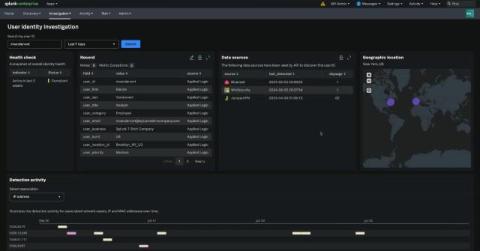Impersonate a Client After Authentication Configuration in Windows
The Impersonate a client after authentication Windows security setting allows a program or service to act on behalf of a user after the user has logged in. This is essential to the running of many applications, from printing and accessing user files in web applications, to the systems service control manager. This ability to temporarily act as another user is also known as impersonation and the application must have the correct security configuration in order to do so.











